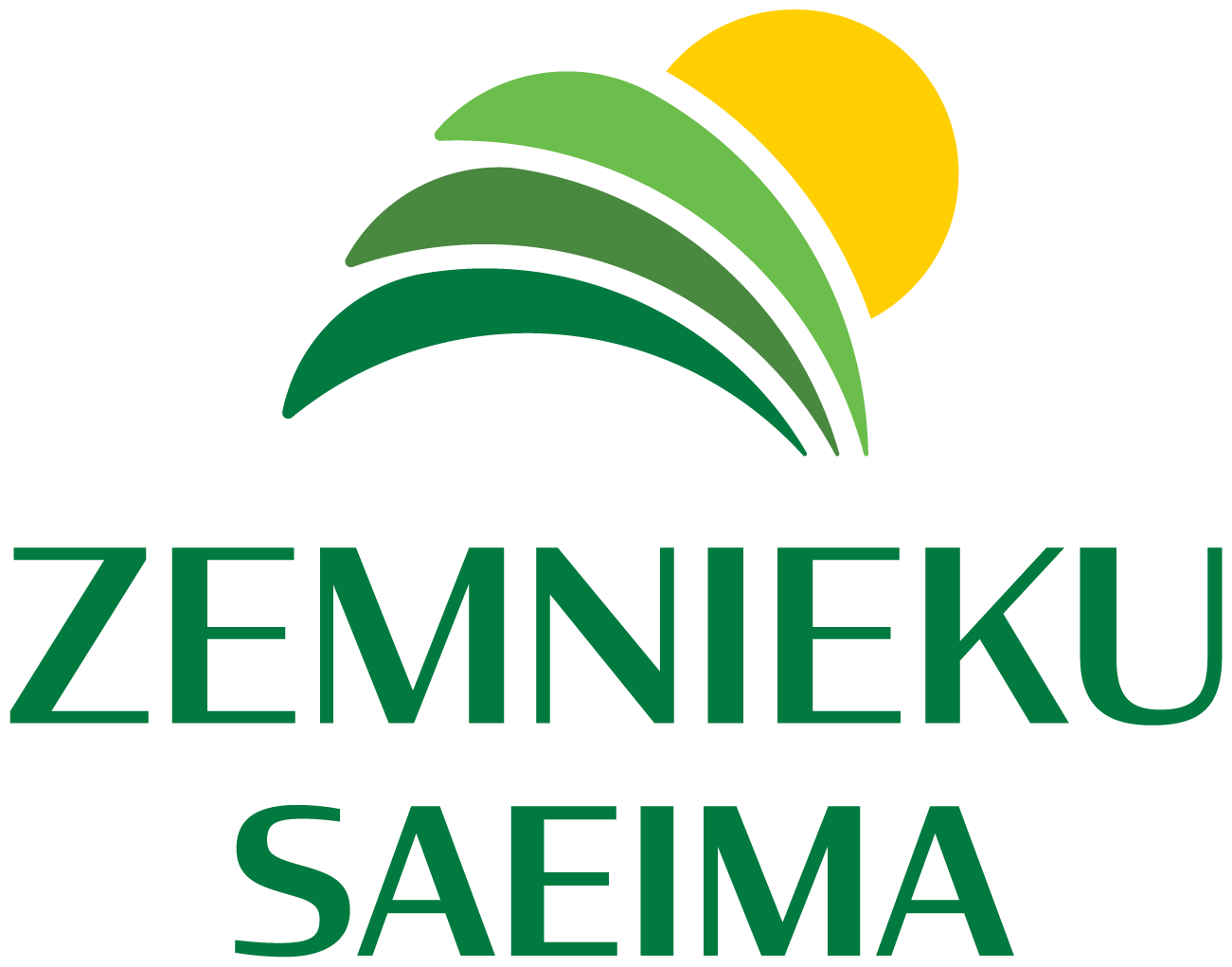Project meeting “Trains-1”
At the project meeting held at the “Vilciņi-1” farm, the farm owner demonstrated the new meteorological station iMetos® IMT300 ES, which was installed in the field and provides data flow and display of accumulated sensor data in various formats, such as graphs, tables, etc.
The available data are as follows:
– air temperature sensor data
– relative humidity sensor data
– precipitation meter data
– solar radiation sensor data
– leaf moisture sensor data
– wind speed sensor data
– wind direction sensor data
– soil moisture sensor data
– soil temperature sensor data
– salt concentration sensor data.
The data flow from the meteorological station iMetos is provided, so the most up-to-date data for analysis and monitoring of the controlled field is available every day. During the meeting, the possibilities of integrating the iMetos data flow with Meteoblue data or SensLog 2 analytics were discussed, however, a more detailed technical and commercial discussion between all FIE experiment partners is needed to decide which technical solution to develop. The installed water and groundwater level detection sensors were demonstrated in the field, which are also operating and already regularly collecting field data. The data collected by these sensors is also intended to be periodically sent and/or integrated into the SensLog 2 software as an additional data source to be used in the analysis model.
During the meeting, the system requirements document developed by the Farmers' Council was discussed, and, after discussions with the meeting participants, it was supplemented with several business requirements. The satellite image map API and information that can be retrieved from satellite images, such as NDVI, LAI, infrared spectrum images, etc., which could be used as another source of information for field monitoring, were also presented. Such monthly analytical data would provide the opportunity to follow the conditions and compare the situation in the field by month, identify changes, as well as better understand what unique information satellite images can provide for remote monitoring of fields.

